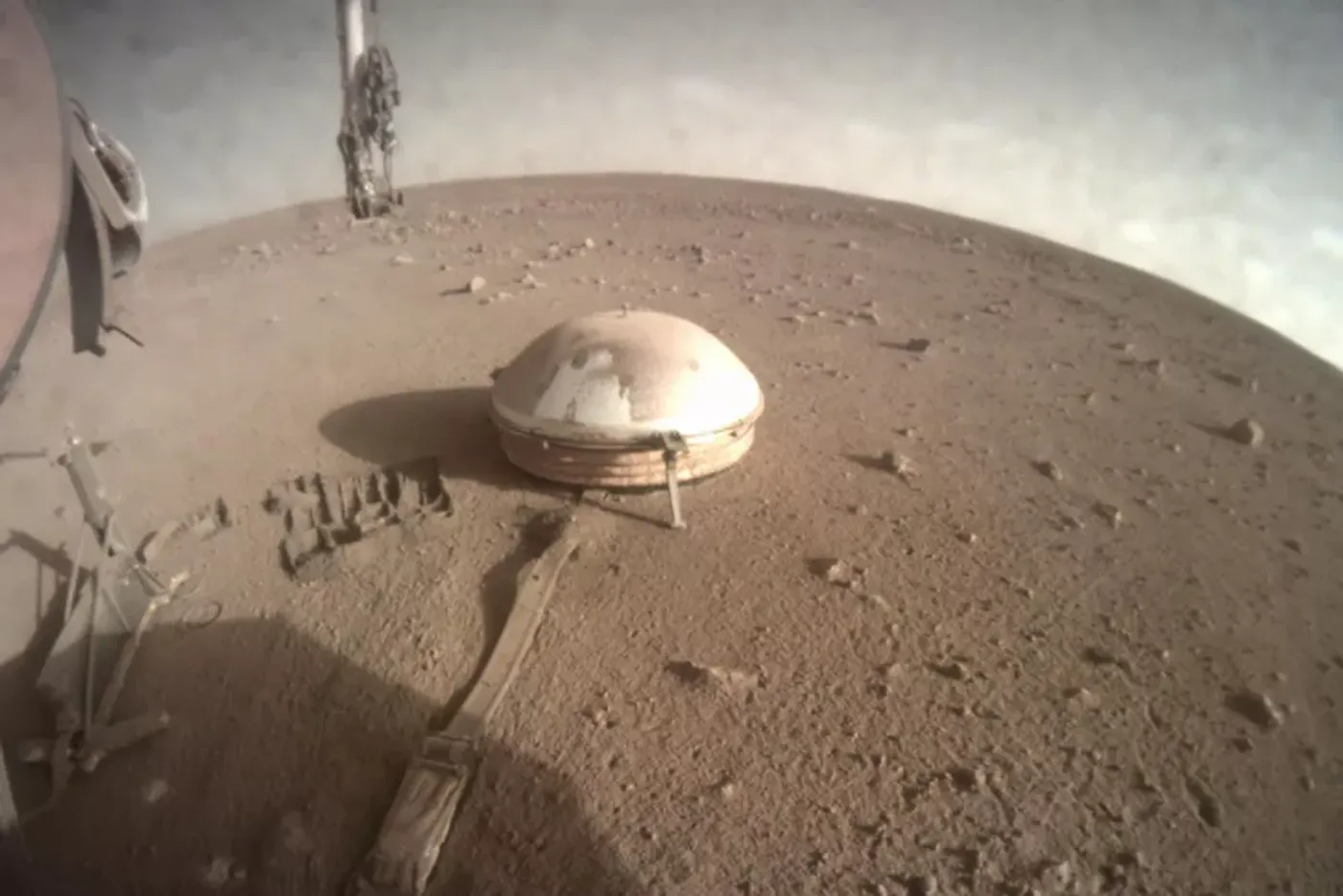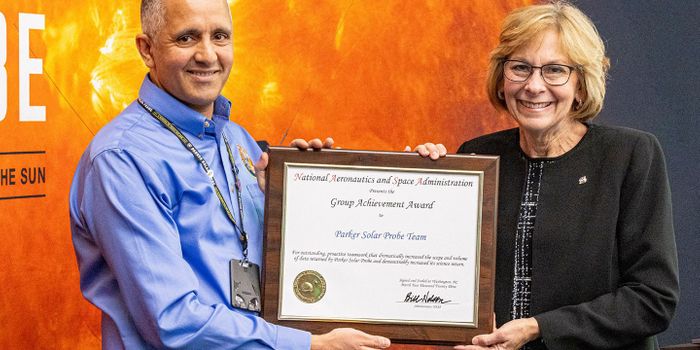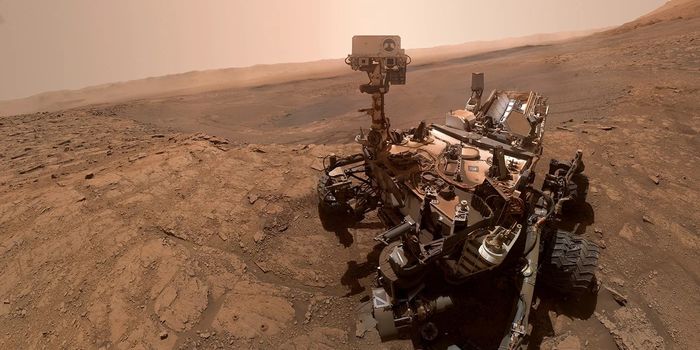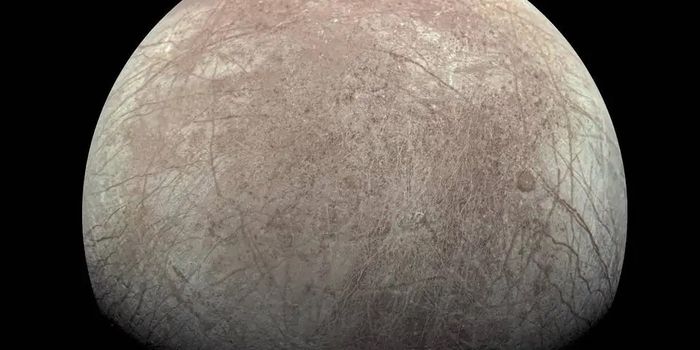Two Largest Marsquakes Recorded to Date FTW!
On November 26, 2018, NASA’s InSight Mars Lander touched down on the Red Planet with the purpose of studying the interior of Mars to learn more about its evolution. One goal of the InSight mission was to place a seismometer called the Seismic Experiment for Interior Structure (SEIS) to measure seismic activity and provide accurate 3D models of the planet’s interior. Other primary instruments include the Heat Flow and Physical Properties Package (HP3) and the Rotation and Interior Structure Experiment (RISE). The SEIS instrument has arguably had the greatest impact on this incredible mission. Since its deployment onto the Martian surface on December 18, 2018, SEIS has acted much like a stethoscope as it listens to the heartbeat of Mars.
A recent study published in The Seismic Record discusses how SEIS has recorded its two largest seismic events to date: a magnitude 4.2 (called S0976a) and a magnitude 4.1 (called S1000a) Mars-quake. The pair are the first recorded events to occur on the planet's far side from the lander and are five times stronger than the previous largest event recorded.
S0967a was identified by reflected PP and SS waves and its origin being Valles Marineris, which is one of the most distinguishing geological features on Mars and one of the largest canyons in the Solar System. S1000a was recorded 24 days later, characterized by reflected PP and SS waves as well as what are known as Pdiff waves, which are small amplitude waves that have traversed the core-mantle boundary. Both quakes occurred on the far side of the Red Planet, and the seismic energy from S1000a also holds the distinction of being the longest recorded on Mars, lasting 94 minutes.
The two marsquakes differ in some important ways. S0976a is characterized by only low frequency energy, like many of the quakes identified so far on the planet, while S1000a has a very broad frequency spectrum. "[S1000a] is a clear outlier in our catalog and will be key to our further understanding of Martian seismology," said Dr. Anna Horleston of the University of Bristol and lead author of the study. "Not only are they the largest and most distant events by a considerable margin, S1000a has a spectrum and duration unlike any other event previously observed. They truly are remarkable events in the Martian seismic catalog.”
Understanding Quakes
As noted above, these quakes were identified using certain types of waves known as PP, SS, and Pdiff waves. An SS wave is also known as a shear wave (waves that travel through solids but not liquids or gases), which has traveled through the mantle (first “S”), undergone one reflection from the underside of a planet’s surface and traveled again through the mantle (second “S”). PP waves, on the other hand, are known as compressional waves (waves that travel through all types of materials including solids, liquids, and gases) that follow similar paths to SS waves.
What secrets will InSight continue to unlock about the interior of Mars? Only time will tell, and this is why we science!
As always, keep doing science & keep looking up!
Sources: NASA (1), NASA (2), NASA (3), NASA (4), The Seismic Record, Columbia University


















































